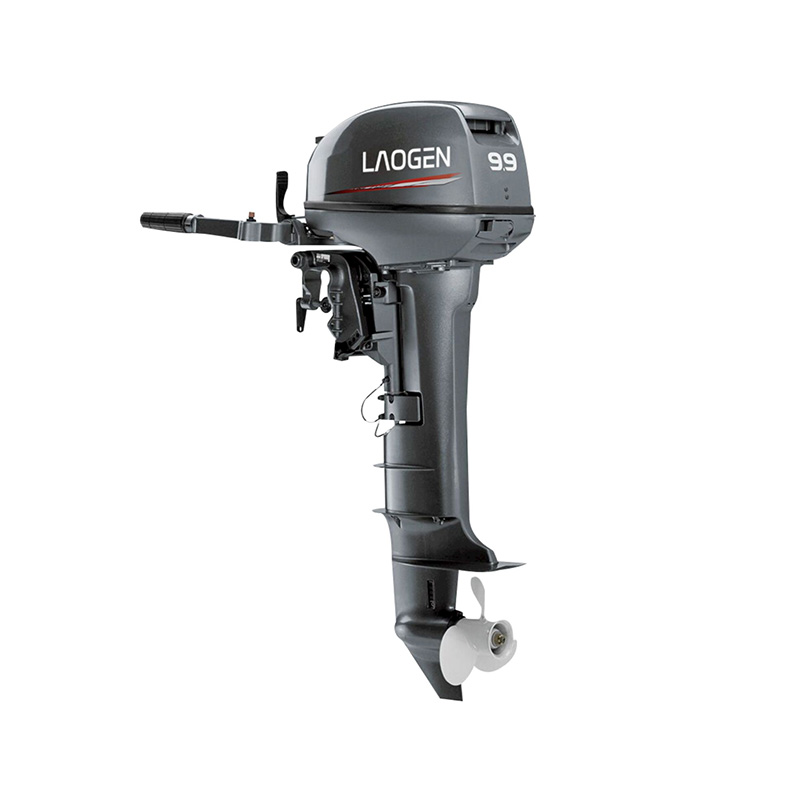Uncover The Secrets Of Components Of A Boat Motor And Outboard Boat Motor
For those new to the world of boating, the intricacies of a boat motor and outboard boat motor may seem like a mysterious realm. Understanding the various parts and their functions is akin to decoding a mechanical puzzle that propels your marine adventure. In this exploration, we'll embark on a journey to unravel the anatomy of these engines, demystifying the key components that contribute to their operation.
Boat Motor:
1. Engine Block: At the heart of a boat motor lies the engine block, a robust metal structure that houses the cylinders. The engine block is where the magic happens – it accommodates the pistons, connecting rods, and crankshaft, orchestrating the combustion process.
2. Pistons: These cylindrical components move up and down within the cylinders, driven by the force of combustion. The pistons play a crucial role in converting the energy generated by burning fuel into mechanical motion.
3. Crankshaft: Linked to the pistons, the crankshaft transforms the linear motion of the pistons into rotational motion, powering the boat's propeller. It's the backbone of the engine, ensuring the smooth rotation that propels the boat forward.
4. Cylinder Head: Positioned at the top of each cylinder, the cylinder head seals the combustion chamber. It houses the valves that control the flow of air and fuel into the cylinders and the exhaust gases out.
5. Valves: Intake and exhaust valves are gatekeepers regulating the airflow and expulsion of exhaust gases. Their synchronized operation is essential for the engine's efficiency.
6. Spark Plugs: Small yet mighty, spark plugs ignite the air-fuel mixture within the cylinders, initiating combustion. A spark plug's health is vital for consistent and efficient engine performance.
7. Fuel Injectors: Modern boat motors often employ fuel injectors, precision devices that deliver fuel directly into the combustion chamber. This enhances fuel efficiency and power output.
Parts Of A Outboard Boat Motor:
1. Lower Unit: The lower unit is the submerged portion of the outboard motor, housing critical components such as the gears, driveshaft, and propeller. It's responsible for transferring power from the engine to the water.
2. Propeller: The propeller is the marine equivalent of an aircraft's propeller. It generates thrust by rotating and propelling the boat through the water. Propellers come in various designs, each tailored for specific boating conditions.
3. Trim/Tilt System: This system allows you to adjust the angle of the outboard motor's thrust. It comes in handy for optimizing performance based on water conditions and load.
4. Steering System: Outboard boat motors are equipped with steering mechanisms, varying from traditional steering wheels to more advanced electronic steering systems. They ensure precise control over the boat's direction.
5. Throttle and Shift Controls: The throttle controls the engine's speed, while shift controls enable you to shift between forward, neutral, and reverse gears. These controls are typically integrated into a single lever for convenience.
6. Powerhead: The powerhead is the top portion of the outboard motor, housing the engine components similar to those found in an inboard boat motor. It's a compact unit that combines power and efficiency.
7. Cowling: The protective cover or cowling shields the engine components from external elements. It is often easily removable, providing access for maintenance and inspections.
Navigating the waters of boat motor knowledge as a beginner may seem daunting, but unraveling the complexity of these mechanical marvels can be a rewarding journey. From the inner workings of the engine block to the submerged dance of propellers, understanding the parts of a boat motor and outboard boat motor empowers you to embark on your maritime adventures with confidence.


 English
English русский
русский











